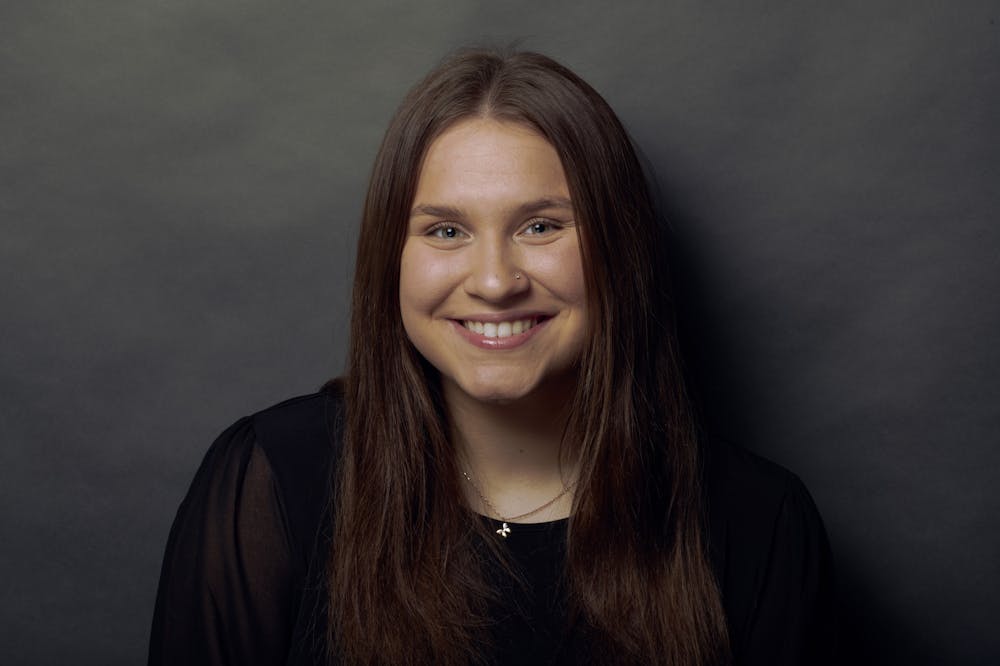Seasonal affective disorder, or SAD, is a type of depression characterized by a change in weather that results in less sunlight. The fall and winter months that often last excruciatingly long in Ohio negatively affect the mental health of many.
Many disregard SAD as something that is naturally occurring, or a normal reaction. While it deals with nature, the disorder is not typical and shouldn’t be regarded as such. Those who experience SAD often feel invalidated because their mental illness doesn’t last all year. However, because it is due to an imbalance of serotonin and melatonin, there is scientific evidence to prove its reality.
The ways that we are connected to nature and its cycles are fascinating. As simple as the fact that we sleep in the dark and wake in the light or as complicated as the occurrence of mathematical fractals in nature, humans are deeply tied to it.
With that, it only makes sense that SAD occurs most prevalently for those located where climates shift to cold and dark for a portion of the year. In fact, upward of 1.5 million Americans who experience SAD report it lasting for 40% of the year.
One in five American adults who experience a mental illness may also be affected by the seasons. The fall and winter months may worsen other depressive disorders by increasing a lack of motivation, worsening sadness or anger, or fueling fatigue.
Just as our society reduces anxiety and OCD to traits rather than mental illnesses, people are often quick to assume that they have “seasonal depression” when they have their first long walk to class in 50-degree weather or when they can’t sit outside to eat lunch because of the cold winds. While cold weather can bring typical gloominess, there is an important differentiation between that and SAD.
As the common seasons for SAD to become prevalent are approaching, I encourage everyone to reflect on their experiences with fall and winter in the past. Does this one feel drastically different? SAD, just like any mental illness, can develop at any point in a lifetime. When the symptoms begin to interfere with your day-to-day life, it is probably worth a doctor's visit or a counseling consultation.
It is also necessary to pay attention to those around you extra during these months. Many naturally lose motivation in winter, but it is easier to notice abnormal behaviors in close friends and family. If a loved one is not making plans, being non-talkative, or making subtle hints at signs of mental illness, they may be experiencing SAD. Check on those you love.
As for yourself, there are ways to actively step out of the rut of everyday life in the cold months. Find one thing to do every day that is outside the normal routine of school and work. Whether it be starting a new hobby, a new series or picking a random task to do each day, removing oneself from the routine can create happiness where there usually isn’t.
As SAD is often disregarded, it is even more crucial to pay attention to yourself and your loved ones when it is not at the forefront of society’s agenda. Knowing the symptoms and how to combat them can make a drastic difference during the cold, dark months.
SAD and its effects are inherently personal, but are real and should be treated as such. I encourage everyone to be gentle with themselves and others in these seasons as they can be extra hard for many.
Layne Rey is a sophomore studying journalism at Ohio University. Please note that the views and opinions of the columnist do not reflect those of The Post. What are your thoughts? Let Layne know by tweeting her @laynerey12.






